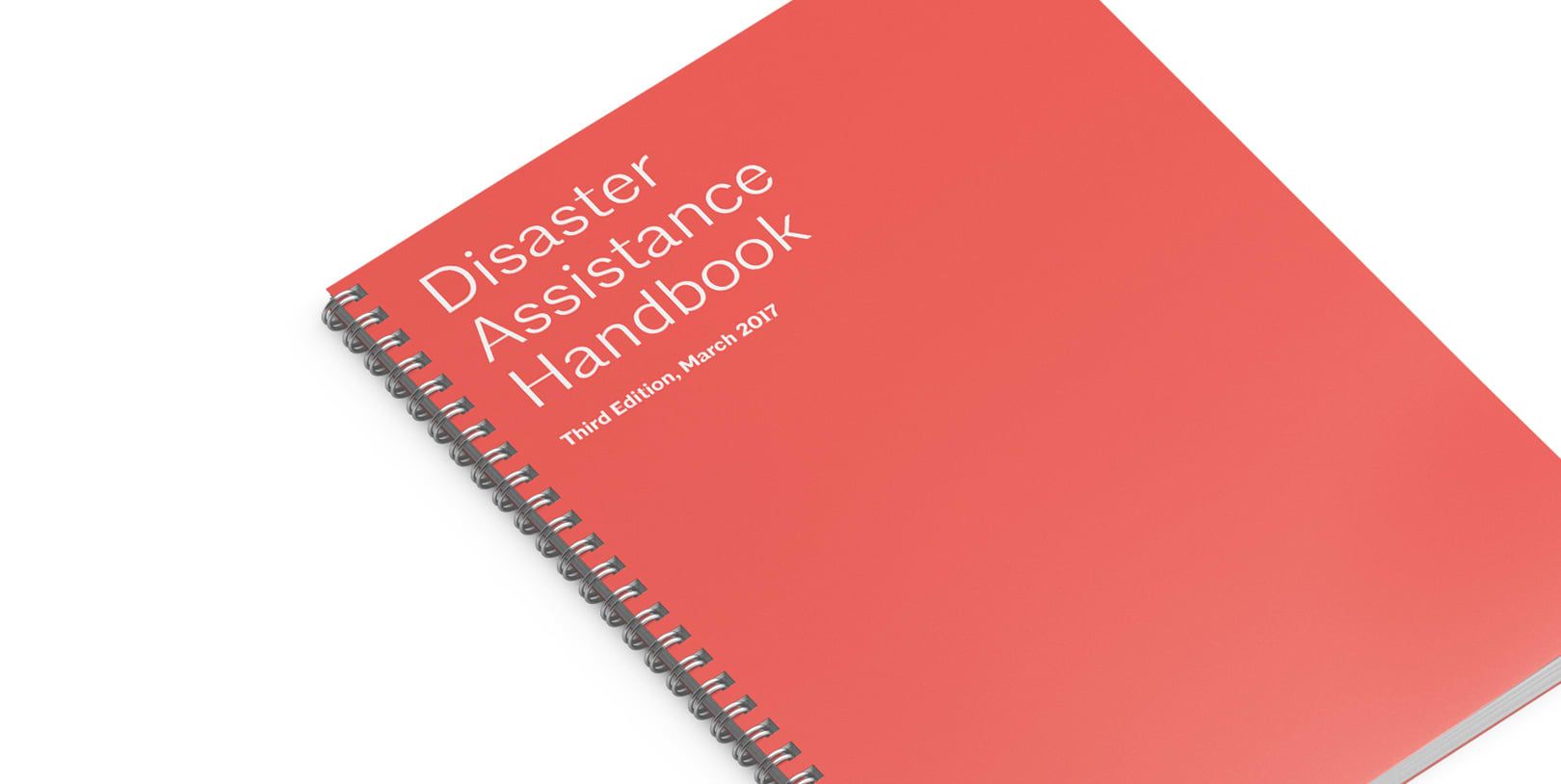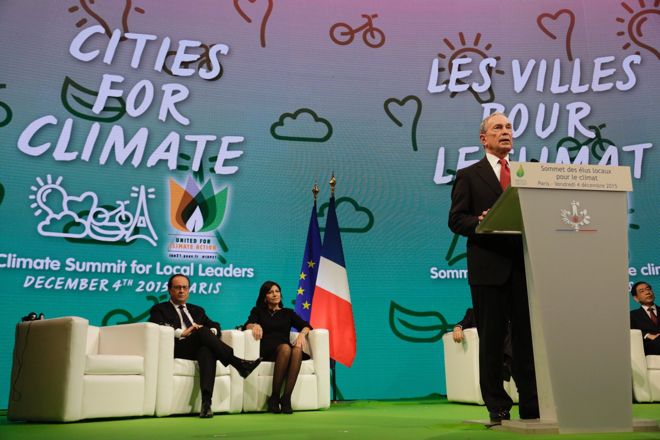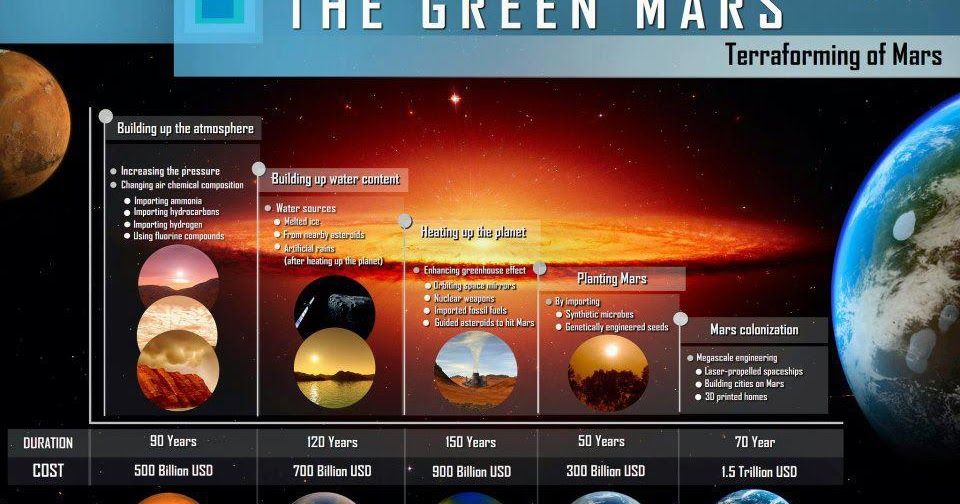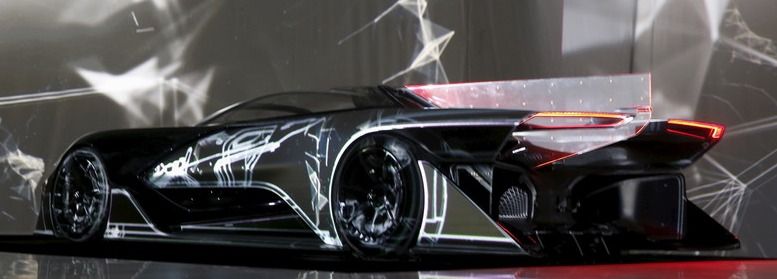“This month, urban thinkers from the United Nations, the European Commission and other organizations are meeting in Brussels to continue a curiously complex attempt: developing a universal definition of the “city.””
Category: environmental – Page 12
In a previous essay, I suggested how we might do better with the unintended consequences of superintelligence if, instead of attempting to pre-formulate satisfactory goals or providing a capacity to learn some set of goals, we gave it the intuition that knowing all goals is not a practical possibility. Instead, we can act with a modest confidence having worked to discover goals, developing an understanding of our discovery processes that allows asserting an equilibrium between the risk of doing something wrong and the cost of work to uncover more stakeholders and their goals. This approach promotes moderation given the potential of undiscovered goals potentially contradicting any particular action. In short, we’d like a superintelligence that applies the non-parametric intuition, the intuition that we can’t know all the factors but can partially discover them with well-motivated trade-offs.
However, I’ve come to the perspective that the non-parametric intuition, while correct, on its own can be cripplingly misguided. Unfortunately, going through a discovery-rich design process doesn’t promise an appropriate outcome. It is possible for all of the apparently relevant sources not to reflect significant consequences.
How could one possibly do better than accepting this limitation, that relevant information is sometimes not present in all apparently relevant information sources? The answer is that, while in some cases it is impossible, there is always the background knowledge that all flourishing is grounded in material conditions, and that “staying grounded” in these conditions is one way to know that important design information is missing and seek it out. The Onion article “Man’s Garbage To Have Much More Significant Effect On Planet Than He Will” is one example of a common failure at living in a grounded way.
In other words, “staying grounded” means recognizing that just because we do not know all of the goals informing our actions does not mean that we do not know any of them. There are some goals that are given to us by the nature of how we are embedded in the world and cannot be responsibly ignored. Our continual flourishing as sentient creatures means coming to know and care for those systems that sustain us and creatures like us. A functioning participation in these systems at a basic level means we should aim to see that our inputs are securely supplied, our wastes properly processed, and the supporting conditions of our environment maintained.
Suppose that there were a superintelligence where individual agents have a capacity as compared to us such that we are as mice are to us. What might we reasonably hope from the agents of such an intelligence? My hope is that these agents are ecologists who wish for us to flourish in our natural lifeways. This does not mean that they leave us all to our own preserves, though hopefully they will see the advantage to having some unaltered wilderness in which to observe how we choose to live left to our own devices. Instead, we can be participants in patterned arrangements aimed to satisfy our needs in return for our engaged participation in larger systems of resource management. By this standard, our human systems might be found wanting by many living creatures today.
Given this, a productive approach to developing superintelligence would not only be concerned with its technical creation, but also by being in the position to demonstrate how all can flourish through good stewardship, setting a proper example for when these systems emerge and are trying to understand what goals should be like. We would also want the facts of its and our material conditions readily apparent, so that it doesn’t start from a disconnected and disembodied basis.
Overall, this means that in addition to the capacity to discover more goals, it would be instructive to supply this superintelligence with a schema of describing the relationships and conditions under which current participants flourish, as well as the goal to promote such flourishing whenever the means are clear and circumstances indicate such flourishing will not emerge of its own accord. This kind of information technology for ecological engineering might also be useful for our own purposes.
What will a superintelligence take as its flourishing? It is hard to say. However, hopefully it will find sustaining, extending, and promoting the flourishing of the ecology that allowed its emergence as a inspiring, challenging, and creative goal.
“Study finds three-quarters of consumers throw away rather than recycle or donate unwanted garments”
“Rapidly melting sea ice in the Arctic Ocean has opened up previously inaccessible areas to industrial fishing, oil exploration, shipping and other human activities.”
“This handbook will:
- help architects better understand their role and how to prepare for and respond to disasters
- prepare AIA Component staff to engage and coordinate their architect members and provide community discourse and assistance
- explain how built environment professionals can work with architects and the community on disaster response and preparedness efforts
- inform municipal governments of the unique ways architects assist the public and their clients in mitigating, responding to and recovering from disasters”
“The clothing industry is said to be the world’s second most polluting business, runner-up in grubbiness to oil.”
“Bloomberg, an entrepreneur and former mayor of New York City, and Pope, a lifelong environmental leader, approach climate change from different perspectives, yet they arrive at similar conclusions.”
Mushroom buildings, jurassic park and terraforming.
Did you ever hear about synthetic biology? No? Imagine that we could alter and produce DNA from scratch just like an engineer. Doesn’t it sound like one of the greatest interdisciplinary achievements in recent history?
Think about it, a bio-technologist is doing more or less the work of a programmer but instead of using a computer language he’s doing it by arranging molecules embedded in every living cell. The outcome, if ever mastered, could reshape the world around us dramatically.
If all the solar incident on Mars were to be captured with 100% efficiency, then Mars would warm to Earth-like temperatures in about 10 years. However, the efficiency of the greenhouse effect is plausibly about 10%, thus the time it would take to warm Mars would be ~100 years. This assumes, of course, adequate production of super greenhouse gases over that entire time. The super greenhouse gases desired for use on Mars would be per fluorinated compounds (PFCs) as these are not toxic, do not destroy ozone, will resist degradation by ultraviolet life, and are composed of elements (C, S, and F) that are present on Mars. Fluorine has been detected on Mars by Curiosity.
The Warming Phase of a terraforming project on Mars results in a planet with a thick CO2 atmosphere. The thickness is determined by the total releasable CO2 present on Mars.
The temperatures would become well above freezing and liquid water is common. An Earth-like hydrological cycle is maintained. Photosynthetic organisms can be introduced as conditions warm and organic biomass is thus produced. A rich flora and fauna are present. A natural result of this is the biological consumption of the nitrate and perchlorate in the.
The World Economic Forum has posted an article that hints at something that I have also suggested. (I am not taking credit. Others have suggested the idea too…But advancing tech and credible, continued visibility may help us to finally be taken seriously!)
I am not referring to purchasing and retiring carbon credits. I like that idea too. But here is a blockchain idea that can enable fleets of autonomous, shared, electric vehicles. Benefits to individuals and to society are numerous.
The future is just around the corner. Non-coin applications of the blockchain will support many great things. Goodbye car ownership. Hello clean air! The future of personal transportation.
Read about it at the World Economic Forum.
Philip Raymond co-chairs Crypsa & Bitcoin Event, columnist & board member at Lifeboat, editor
at WildDuck and will deliver the keynote address at Digital Currency Summit in Johannesburg.








